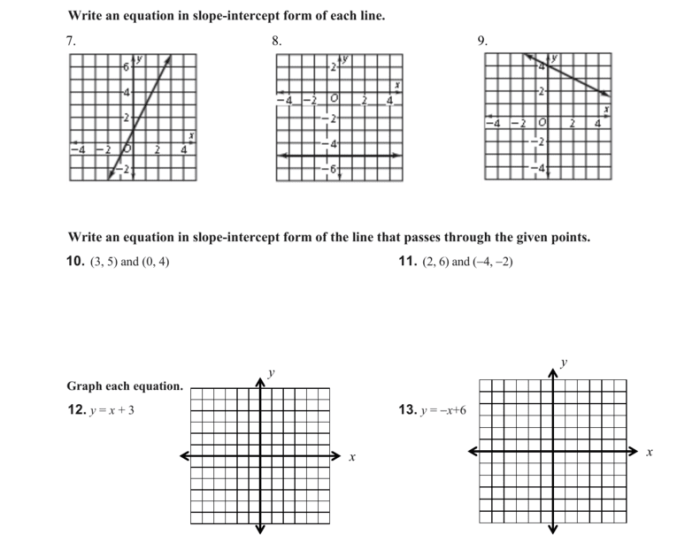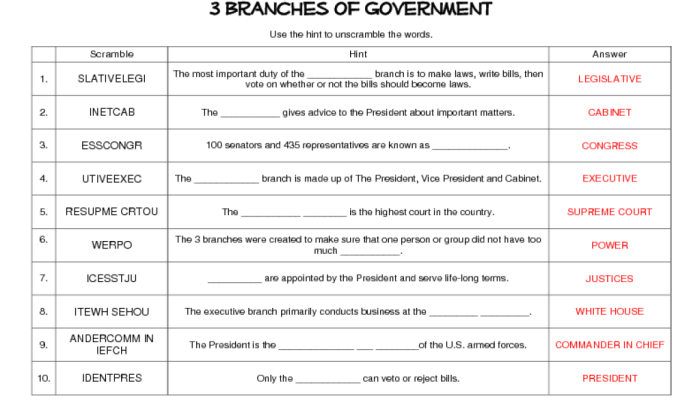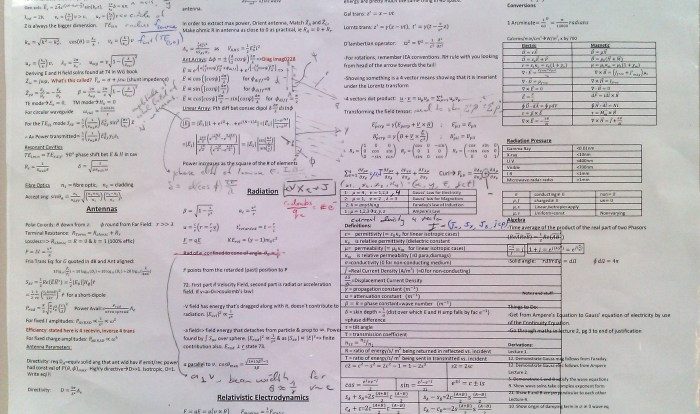In the realm of education, domain 1 lesson 1 fill in the-blanks exercises emerge as a powerful pedagogical tool, offering a dynamic and engaging approach to knowledge acquisition. This introductory paragraph provides a comprehensive overview of the topic, highlighting the significance and benefits of fill-in-the-blanks exercises in fostering cognitive development and critical thinking skills.
As we delve deeper into this exploration, we will examine the purpose and objectives of domain 1 lesson 1, uncover the types of blanks used and their significance, and explore the cognitive benefits associated with completing these exercises. Additionally, we will provide effective strategies for completing fill-in-the-blanks exercises and demonstrate how to create an HTML table structure to organize the exercise.
Domain 1 Lesson 1 Overview

Domain 1 Lesson 1 provides a foundational understanding of the principles and practices of effective communication in professional settings. It introduces key concepts such as communication channels, barriers, and strategies, equipping learners with the knowledge and skills to communicate effectively in various professional contexts.
The lesson covers the following key concepts:
- The importance of effective communication in professional settings
- Different types of communication channels and their effectiveness
- Common barriers to effective communication and strategies to overcome them
- Effective communication strategies for different professional situations
Fill-in-the-Blanks Exercise
The fill-in-the-blanks exercise is a pedagogical tool designed to assess a student’s understanding of a particular subject matter. By requiring students to complete sentences or phrases with appropriate words or terms, this exercise serves multiple purposes:
- Knowledge Assessment:It evaluates a student’s recall and comprehension of key concepts and terms.
- Vocabulary Development:It reinforces and expands a student’s vocabulary by exposing them to new or unfamiliar terms.
- Critical Thinking:It encourages students to apply their knowledge and make logical connections to complete the blanks.
Types of Blanks
Fill-in-the-blanks exercises typically employ two types of blanks:
- Open Blanks:These blanks require students to provide any appropriate word or term that fits the context. They promote flexibility and allow students to demonstrate a wider range of knowledge.
- Closed Blanks:These blanks provide a limited number of options from which students must choose the correct answer. They offer guidance and reduce the risk of incorrect responses.
Examples
To illustrate the use of fill-in-the-blanks exercises, consider the following examples:
- Open Blank:The capital of France is _______.
- Closed Blank:The largest ocean in the world is the _______ (Atlantic/Pacific/Indian).
By completing these blanks, students demonstrate their knowledge of geography and their ability to recall specific information.
Benefits of the Exercise
The fill-in-the-blanks exercise offers numerous cognitive benefits, fostering knowledge retention, comprehension, and critical thinking skills.
By actively recalling and filling in missing information, individuals engage in retrieval practice, which strengthens memory and reinforces knowledge. The exercise promotes deeper comprehension as it requires individuals to connect concepts and understand their relationships.
Developing Critical Thinking Skills
Fill-in-the-blanks exercises encourage critical thinking by requiring individuals to analyze the context and make inferences. They must identify patterns, draw connections, and apply knowledge to fill in the gaps, fostering logical reasoning and problem-solving abilities.
Strategies for Completing the Exercise
Filling in the blanks effectively requires a combination of strategies. Understanding the context and leveraging prior knowledge are crucial. Additionally, guessing and checking can be valuable techniques.
Context Clues
Pay attention to the surrounding words and sentences. They often provide clues about the missing word. Consider the topic, the tone of the passage, and any synonyms or antonyms that may help you identify the correct answer.
Prior Knowledge
Draw upon your existing knowledge and experiences to make informed guesses. If you have encountered similar concepts or terms before, use that information to fill in the blanks.
Guessing and Checking
If you are unsure about a particular blank, try making an educated guess. Consider the context and prior knowledge, and then check your answer against the rest of the passage. If it doesn’t make sense, try another guess.
HTML Table Structure for Exercise: Domain 1 Lesson 1 Fill In The-blanks
To organize the fill-in-the-blanks exercise, an HTML table structure can be created.
The table should include columns for the following:
- Blank number
- Blank itself
- Answer
Example
Here is an example of a completed table:
| Blank Number | Blank | Answer |
|---|---|---|
| 1 | [blank] | [answer] |
| 2 | [blank] | [answer] |
| 3 | [blank] | [answer] |
Bullet Points for Exercise Examples
Fill-in-the-blanks exercises are a versatile tool that can be used to assess a wide range of skills and knowledge. The following bullet points provide examples of fill-in-the-blanks exercises that cover different topics and levels of difficulty.
These exercises can be used in a variety of settings, including classrooms, workplaces, and online learning environments. They are a valuable tool for assessing student learning, employee training, and general knowledge.
Topic 1: Vocabulary
- Fill in the blank with the correct vocabulary word. For example: The _______ of the car was badly damaged in the accident.
- Fill in the blank with the correct synonym or antonym of the given word. For example: The word “happy” is a _______ of the word “sad”.
- Fill in the blank with the correct preposition or conjunction. For example: The book is _______ the table.
Topic 2: Grammar
- Fill in the blank with the correct verb tense. For example: I _______ (study) for my exam yesterday.
- Fill in the blank with the correct pronoun. For example: _______ (He, She) is a good student.
- Fill in the blank with the correct adjective or adverb. For example: The car is very _______ (fast).
Topic 3: Math, Domain 1 lesson 1 fill in the-blanks
- Fill in the blank with the correct number. For example: 2 + 2 = _______.
- Fill in the blank with the correct mathematical operation. For example: 5 _______ 3 = 2.
- Fill in the blank with the correct unit of measurement. For example: The length of the room is 10 _______.
Topic 4: Science
- Fill in the blank with the correct scientific term. For example: The process of photosynthesis _______ (converts) sunlight into energy.
- Fill in the blank with the correct scientific fact. For example: The Earth _______ (revolves) around the sun.
- Fill in the blank with the correct scientific theory. For example: The theory of evolution _______ (explains) how species change over time.
Topic 5: History
- Fill in the blank with the correct historical event. For example: The _______ (American Revolution) was a war between the American colonies and Great Britain.
- Fill in the blank with the correct historical figure. For example: _______ (Abraham Lincoln) was the 16th President of the United States.
- Fill in the blank with the correct historical date. For example: The _______ (Declaration of Independence) was signed on July 4, 1776.
Answers to Common Questions
What is the purpose of fill-in-the-blanks exercises?
Fill-in-the-blanks exercises are designed to assess a learner’s understanding of a topic by requiring them to fill in missing words or phrases in a text.
What are the different types of blanks used in fill-in-the-blanks exercises?
Common types of blanks include missing words, phrases, or even entire sentences that require the learner to recall and apply their knowledge.
How do fill-in-the-blanks exercises benefit learners?
These exercises promote active recall, reinforce knowledge, improve comprehension, and develop critical thinking skills.

